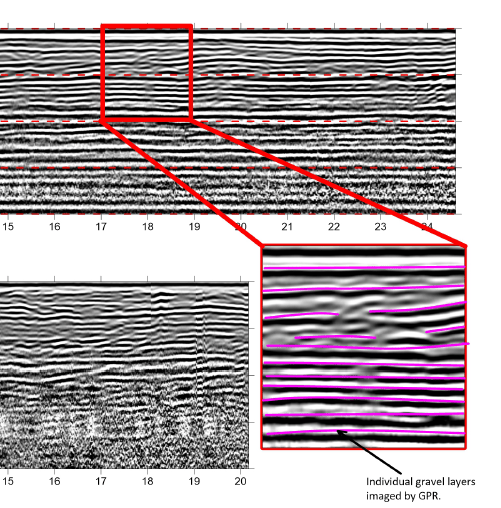Hi,
Looking for any thoughts on proving compaction in granular fill material post construction. The site is an approach embankment, roughly 7m high, and due to insufficient testing during construction additional data is needed to ensure compaction targets have been achieved. The material is graded AP65, so too coarse for CPT testing, and NDM testing will only give answers for the first metre or so, without running into issues with excavating out the material and reinstating it on a large scale. The contractors have suggested SPT testing, though I assume with this there would be the need for some benchmark testing correlated to an NDM or water-replacement test in the same material. Does this sound like it will result in reliable compaction information for a targeted 95% MDD in compacted fill, or would it have to be tailored to a penetration rate in mm/blow, rather than just aiming for N=50+where all 50+'s are assumed equal....
Open to suggestion for other techniques too, though the client probably isn't too keen on the whole 'tear it down and start again' approach.
Looking for any thoughts on proving compaction in granular fill material post construction. The site is an approach embankment, roughly 7m high, and due to insufficient testing during construction additional data is needed to ensure compaction targets have been achieved. The material is graded AP65, so too coarse for CPT testing, and NDM testing will only give answers for the first metre or so, without running into issues with excavating out the material and reinstating it on a large scale. The contractors have suggested SPT testing, though I assume with this there would be the need for some benchmark testing correlated to an NDM or water-replacement test in the same material. Does this sound like it will result in reliable compaction information for a targeted 95% MDD in compacted fill, or would it have to be tailored to a penetration rate in mm/blow, rather than just aiming for N=50+where all 50+'s are assumed equal....
Open to suggestion for other techniques too, though the client probably isn't too keen on the whole 'tear it down and start again' approach.

